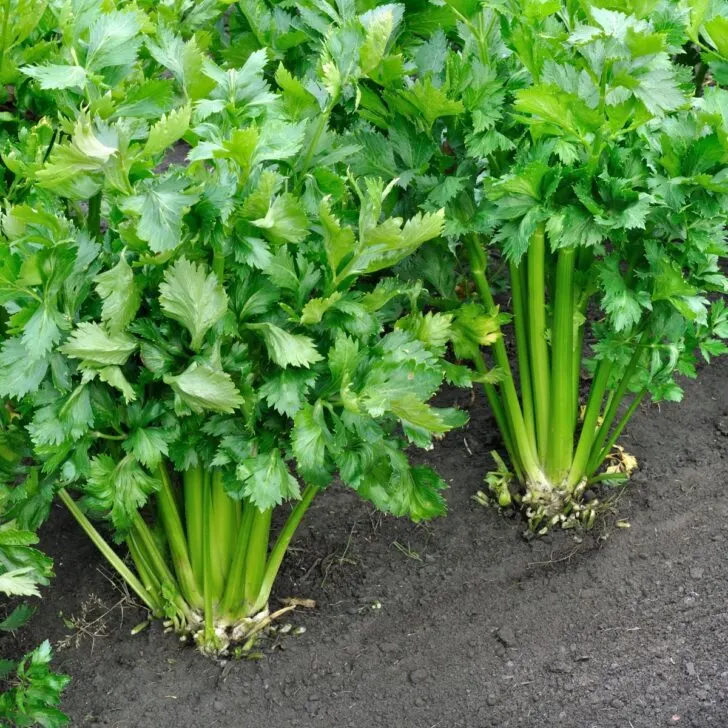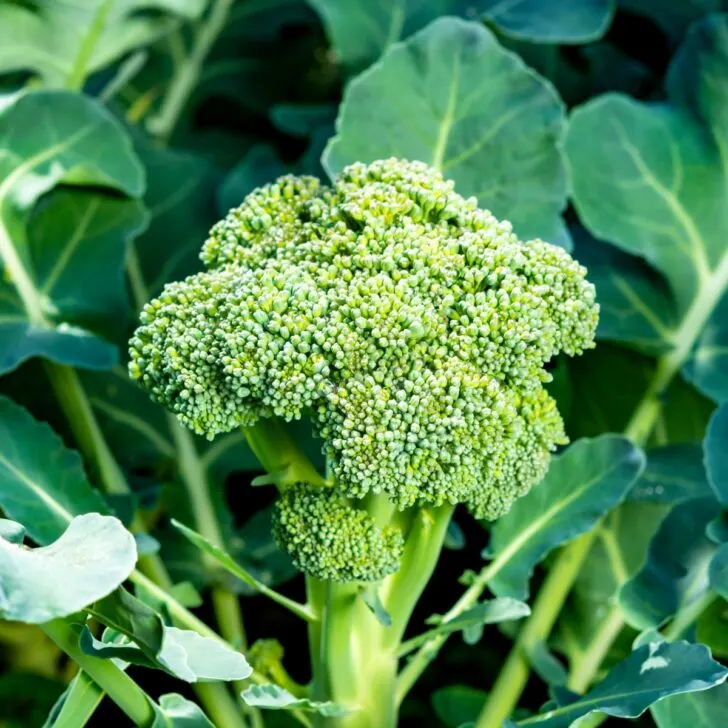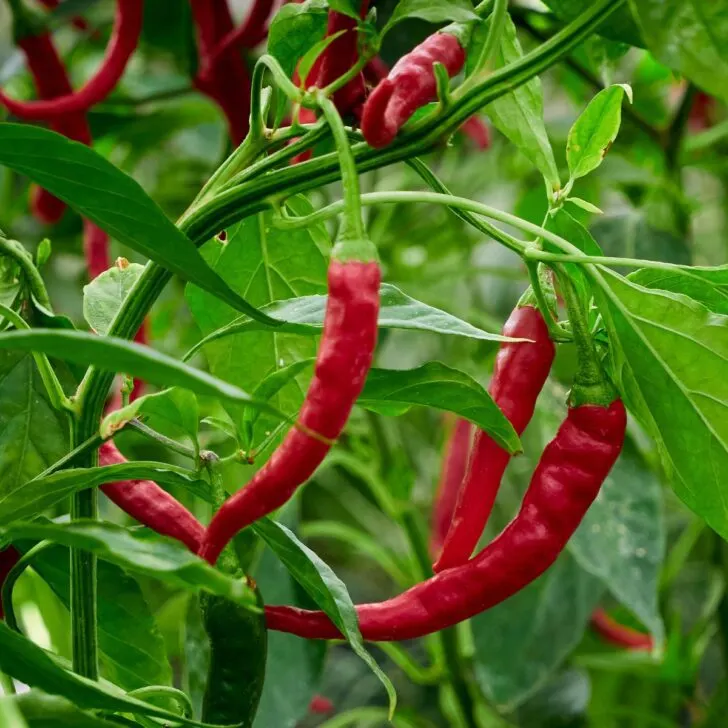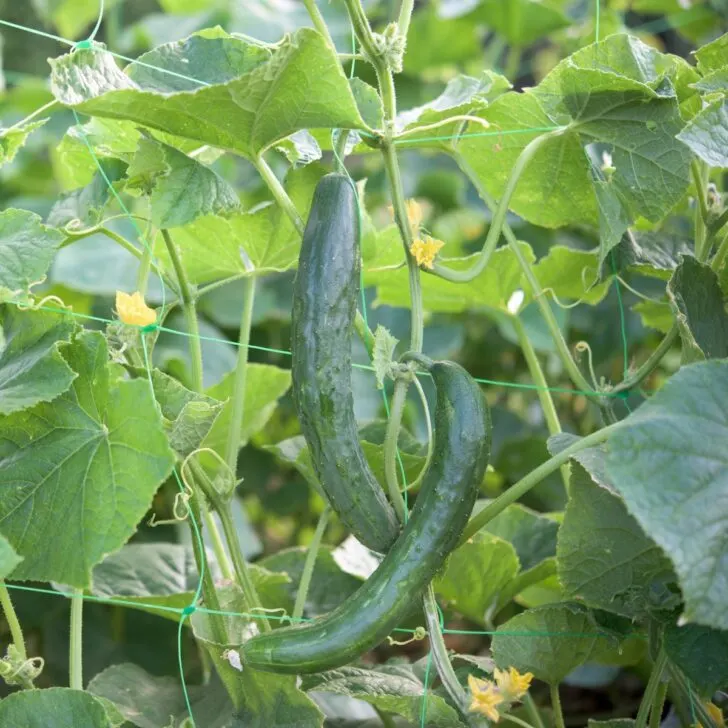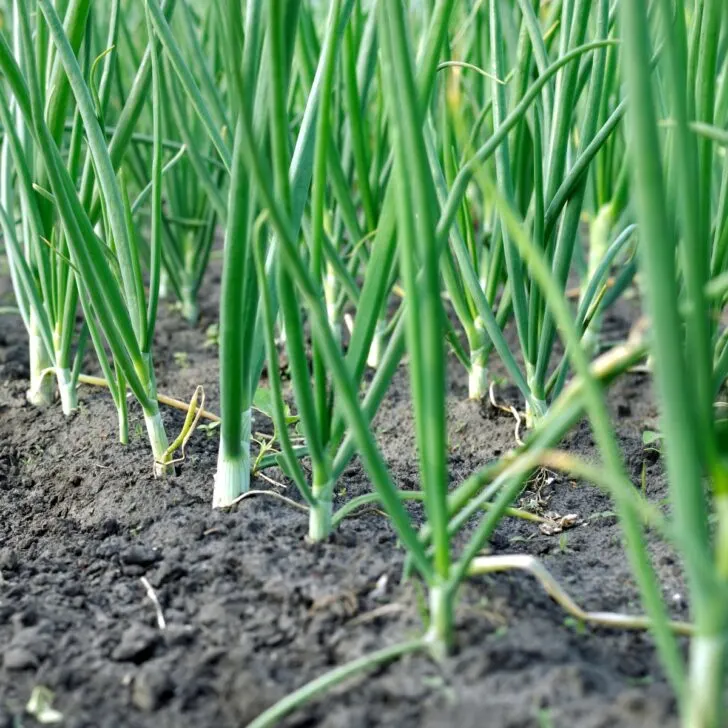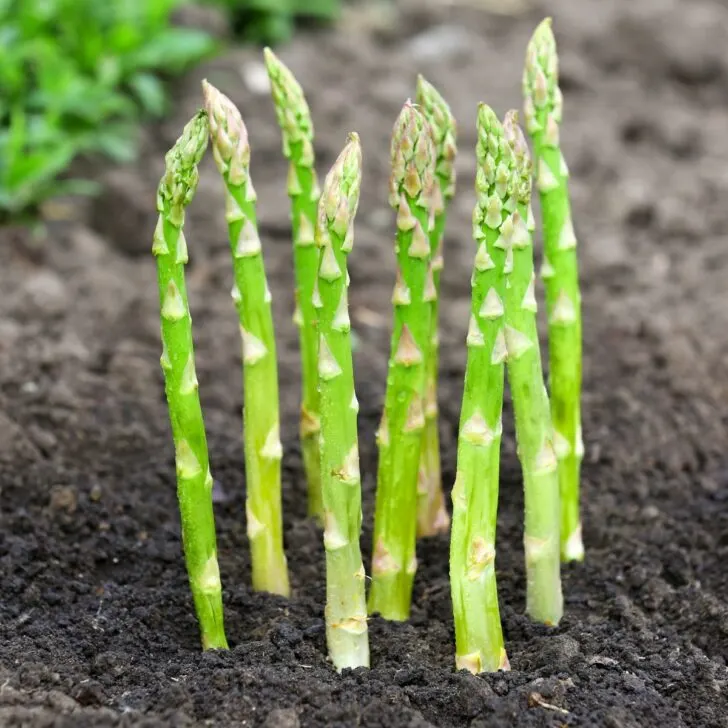Learn how to grow onions from seed with our step-by-step guide, transforming tiny seeds into savory, homegrown bulbs for your kitchen.
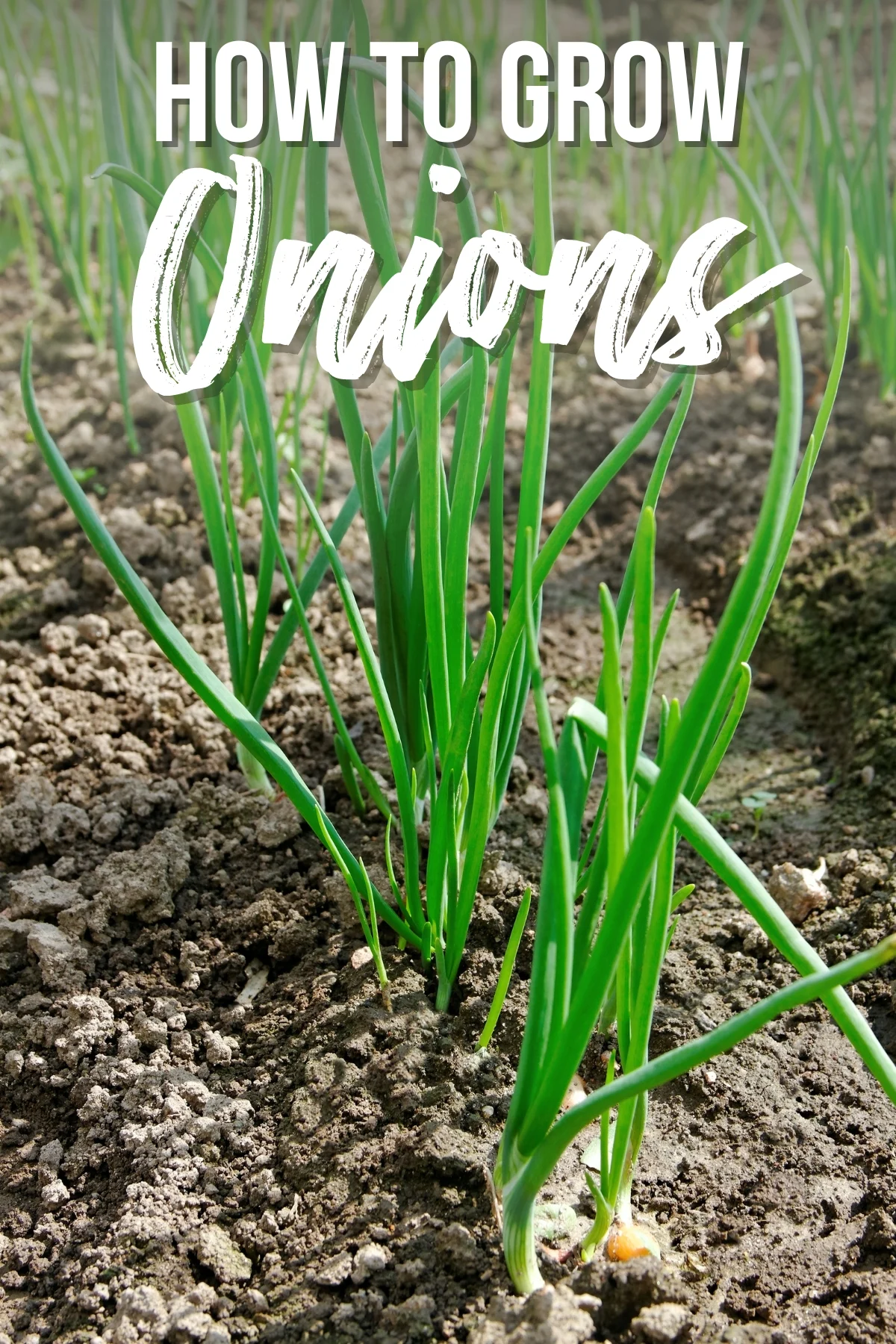
Onions are a satisfying crop to grow at home. They don't take up a lot of space in the garden, they store for months and they're a staple in many recipes. However, there are several things to keep in mind if you want a bountiful crop of onions this year.
In this article, we will walk you through the entire process of growing onions from seed, including when to plant, how to care for your seedlings, and when to harvest your onions.
Let's get growing!
This post contains affiliate links for your convenience. Purchases made through these links may earn me a small commission at no additional cost to you.
Things to know about planting onion seeds
| Factor | Info |
|---|---|
| Soil Type | Well-drained, pH 6.0-7.0 |
| Climate | Temperate, 55°F-75°F |
| Sunlight | At least 6 hours/day |
| Indoor Start Time | 8-10 weeks before last frost |
| Seed Depth | ¼-inch deep |
| Seedling Spacing | Thin to 4-6 inches apart |
| Row Spacing | 12-18 inches between rows |
| Watering | Keep moist, avoid waterlog |
| Fertilization | Use balanced 10-10-10 |
Know your onion growing zone
When it comes to growing onions from seed, your first step is to select the appropriate variety for your region and growing conditions. Day length initiates the formation of the bulb, so you'll want to choose the right one for your area.
Onions come in three main types: short-day, intermediate-day, and long-day varieties. Short-day onions are ideal for southern regions, while long-day onions are best suited for northern areas. You can also find day-length neutral onions that start forming bulbs with 10 hours of daylight.

Choosing a variety that can grow big enough before beginning to develop the bulb is essential because the foliage provides the needed energy for underground growth. You can find more information about the different onion growing zones here.
Onion varieties
Onion varieties differ in storage characteristics, sweetness vs. spiciness, shape, size, color, maturity dates, and pest resistance. You can find white, yellow and red varieties.
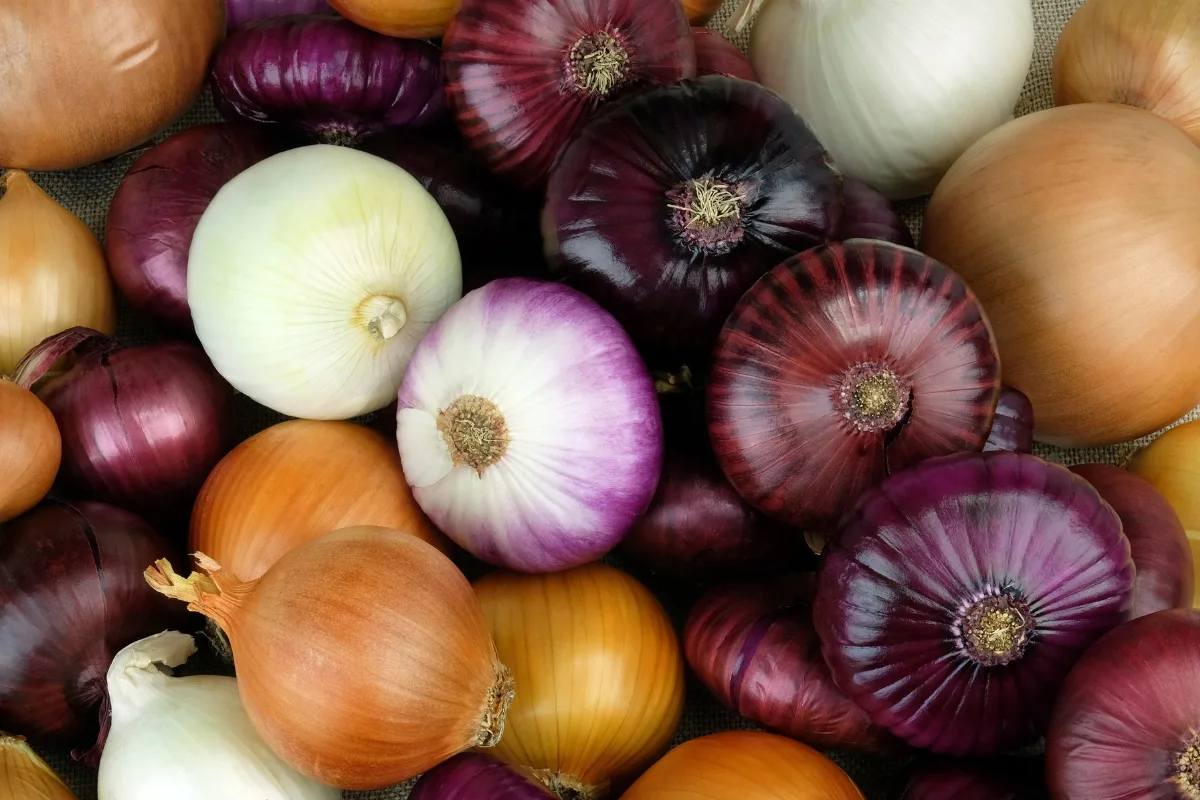
Here’s a sampling of some well-known onion varieties:
- ‘Walla Walla’ is a yellow onion with a mild taste, flattened bulbs, and a short storage life.
- ‘Yellow Sweet Spanish’ is globe-shaped with a sweet flavor and a short shelf life.
- ‘Patterson’ is a classic, long-day yellow onion with outstanding storage characteristics.
- ‘Redwing’ is a red onion that can store for up to a year if properly cured.
- ‘Candy’ is a day-neutral type producing mildly spicy yellow bulbs.
Onion seeds vs sets or transplants
You can start onions from seed or buy small transplants resembling scallions. It’s easy to find onion transplants online and for sale at many plant nurseries. If you missed the window for starting onions from seed, consider getting transplants and planting them in late spring.
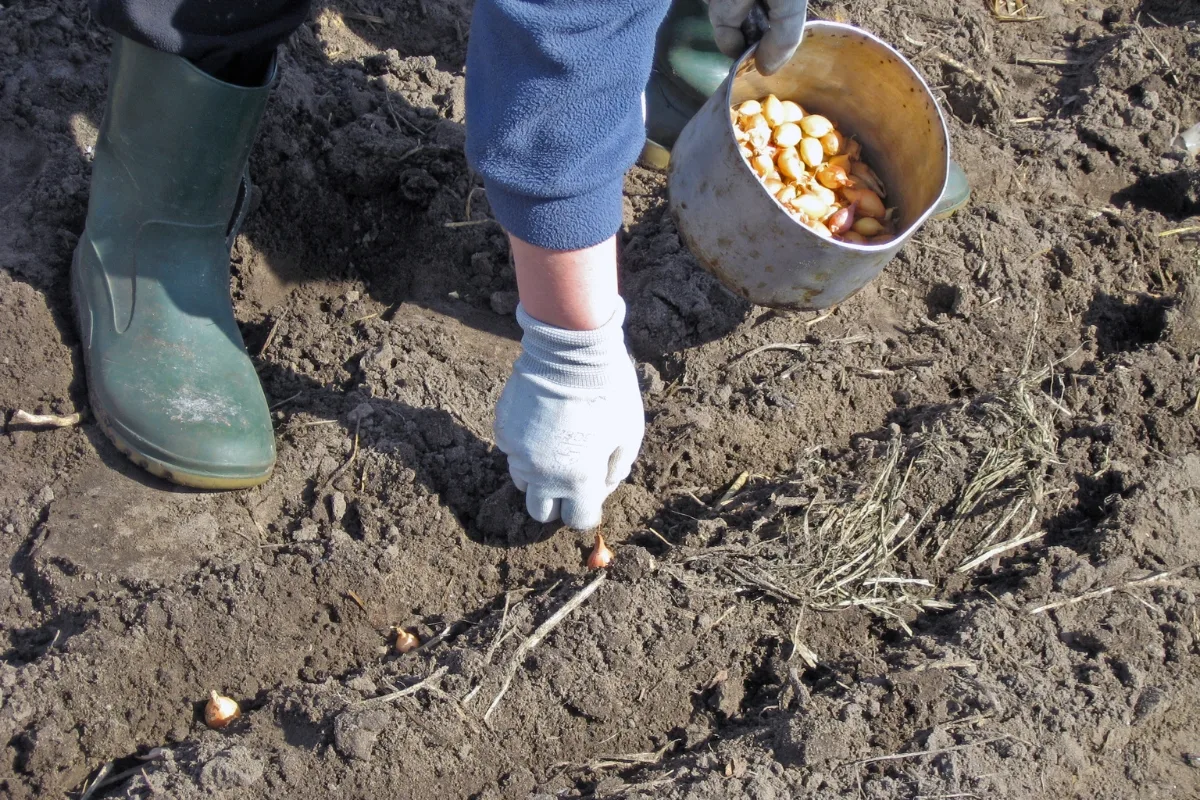
In addition, you can buy tiny onions called sets and plant these outdoors in early spring. However, growing your transplants from seeds is less expensive than buying sets or seedlings, giving you a wider range of varieties to choose from.
How to plant onion seeds
Onions have a long growing season, so it is recommended to start your seeds indoors about 10-12 weeks before the last frost date in your region.
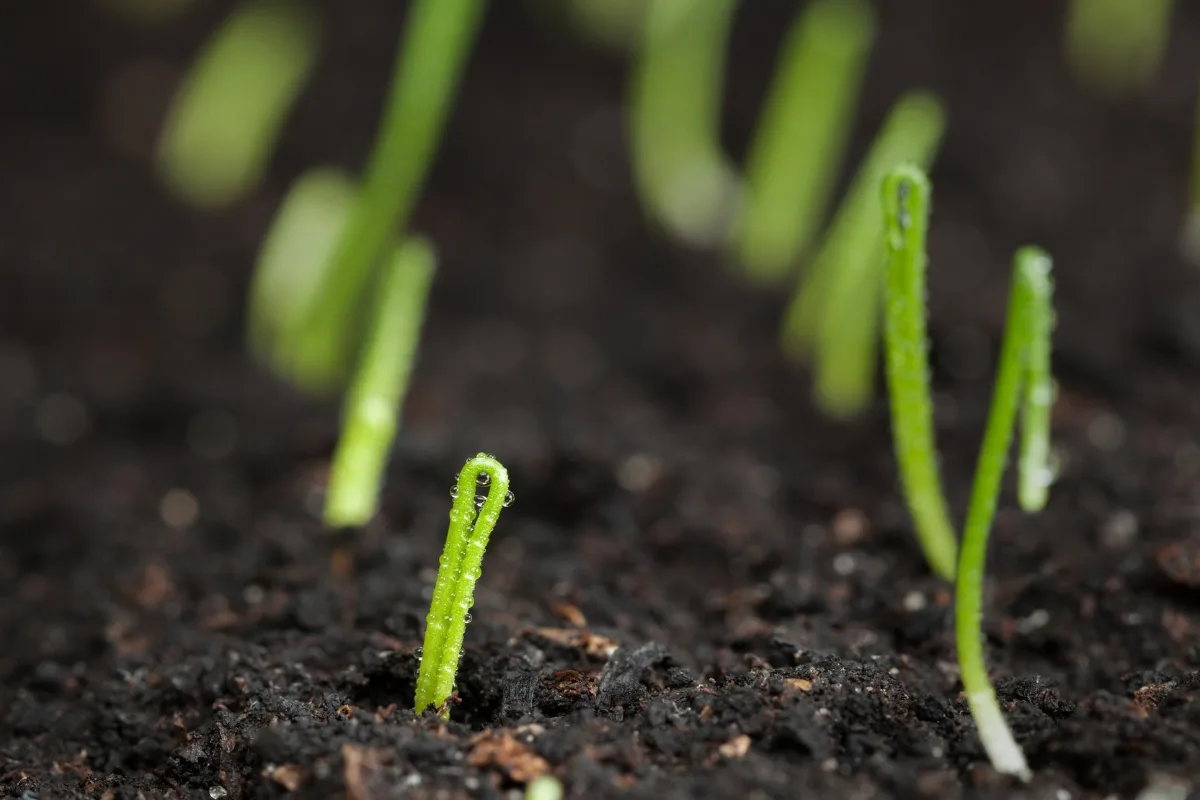
- Plant the seeds about ¼" deep in flats or seed trays. The seeds are small but don’t worry if you get several seeds planted together because separating them later is easy.
- Keep the soil evenly moist and at a temperature between 55 to 70°F.
- Onion seeds should sprout within 7-10 days of planting.
- Put the flats under bright light during the day once they germinate to prevent the plants from getting leggy.
- Transplant the seedlings into well-prepared garden beds after hardening them off for about a week.
Planting onions in the garden
Onions have shallow roots and require finely sifted soil high in organic matter, or the bulbs can become deformed in shape. Rake your soil before planting to ensure that it is lofty and loose.

Compost or well-rotted manure is an excellent soil amendment for adding nutrients, improving drainage, and balancing the pH. Onions require a pH between 6 and 7, so amend your soil as necessary. Bone meal will also provide additional phosphorous that onions need to grow large bulbs.
Onion seedlings are highly resilient to handling and having their roots disturbed during planting. If several seedlings are sprouting close together, gently pull them apart and plant them separately. Place the roots in water if you need to separate lots of seedlings at once, so they don't dry out.
Plant the seedlings with the base of the plant just below the surface of the soil. Space them 4 inches apart in staggered rows, so each bulb has room to fully develop. The video below shows you how!
Caring for onion plants
Watering
Onions require consistent moisture, so water your plants regularly, providing about an inch of water per week. Avoid over-watering, as this can lead to bulb rot. Drip irrigation can help keep all your plants watered on a schedule.
Fertilizer
Onions need the right balance of nitrogen, but overdoing it on this nutrient can cause soft bulbs that don’t cure properly. Lightly scratch urea fertilizer into the soil about a month after planting, at a rate of ¼ to ½ pound for every 25 feet of row.
Weeding
Onions have long, narrow leaves that don’t provide much shade underneath the plants, so they can’t block out weeds very well. Onions also have a long growing season, so a crop you plant in the fall won’t be ready until June, requiring frequent weeding.
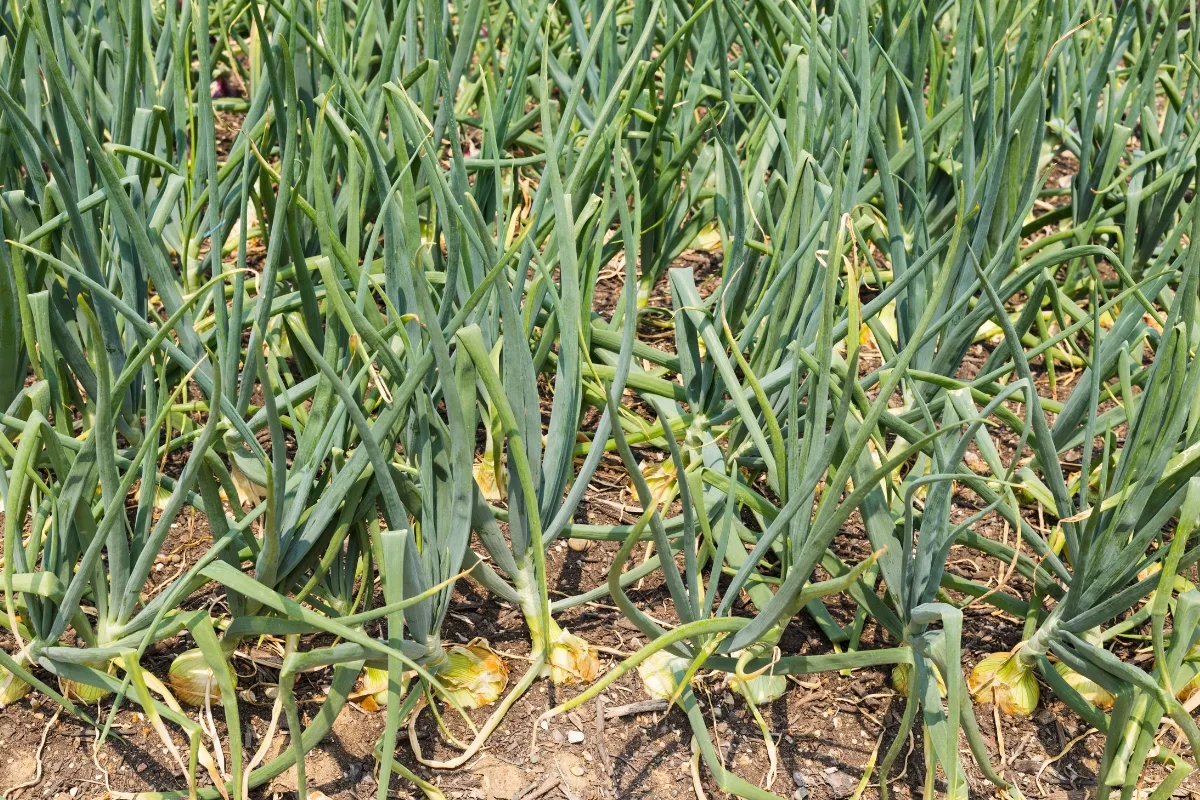
Frequently weed around the plants by chopping off the tops of unwanted plants, rather than pulling them out, to avoid disturbing the onion roots. You can also use a mulch to keep down weeds and hold in soil moisture.
Pests and diseases
Onions can be susceptible to several pests and diseases, including onion maggots, thrips, and fungal diseases such as downy mildew. Inspect your plants regularly and take appropriate action if any issues arise. Employing integrated pest management techniques, such as crop rotation and using organic pesticides, can help keep problems at bay.
Bolting
One common problem with onions is bolting. Onions are part of the allium family, and can produce the same round ball of flowers as ornamental varieties. But if the plants start producing flowers, the bulbs don’t develop properly or store well.
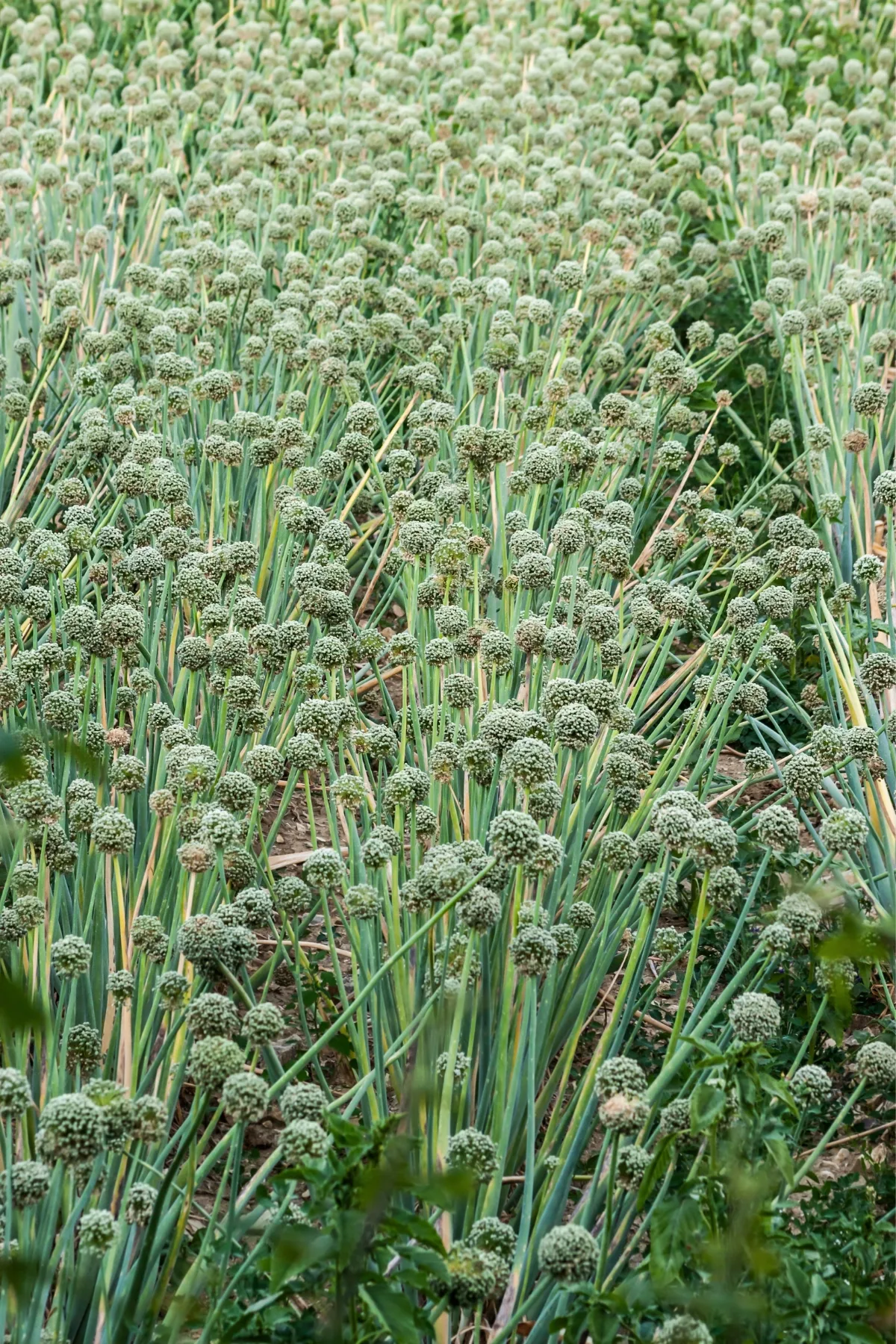
However, bolted onions are still good to eat fresh or grilled. Bolting is often caused by water stress or growing the wrong day length variety for the location, so re-evaluate your watering schedule or choose a different variety for better results next time.
Harvesting onions
As the bulbs grow, you’ll often see the tops starting to poke up through the ground’s surface, giving you an idea of how large they are. As they reach maturity, the foliage falls over. When approximately half the leaves have toppled, completely stop watering so the bulbs can begin curing for storage.
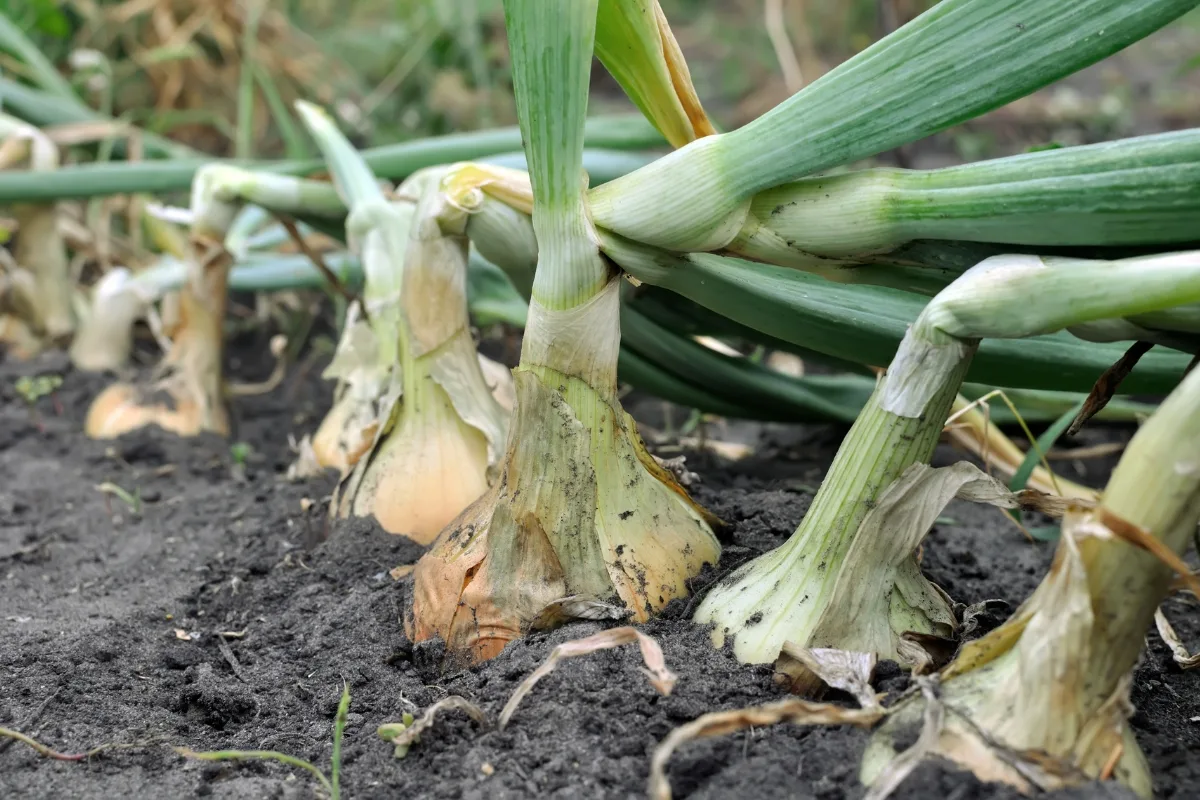
Harvest the bulbs by carefully lifting the soil under each one with a garden fork. Then, brush off the dirt from the bulb and roots and move the onions indoors to fully cure by keeping them in a location with good air circulation and temperatures between 70 and 90°F for two to three weeks. After that, store them in the refrigerator or root cellar.
Growing onions from seed opens up an exciting new world of flavors with varieties you can't find at the grocery store. The journey from sowing a tiny seed to pulling a plump, aromatic bulb out of the ground is so satisfying!
What type of onions are you planning to grow this year? I'd love to hear about your experience in the comments below!
Check out these other vegetables you can grow from seed!

